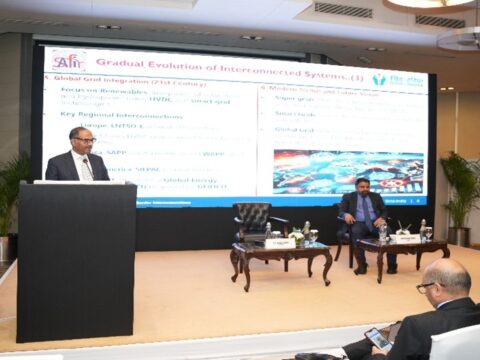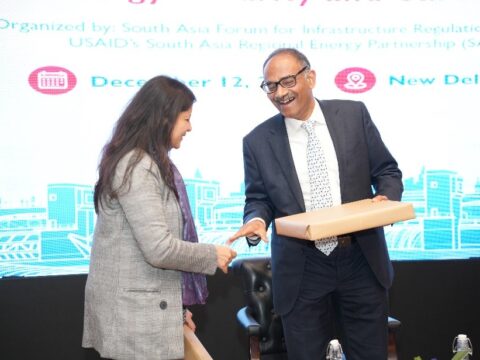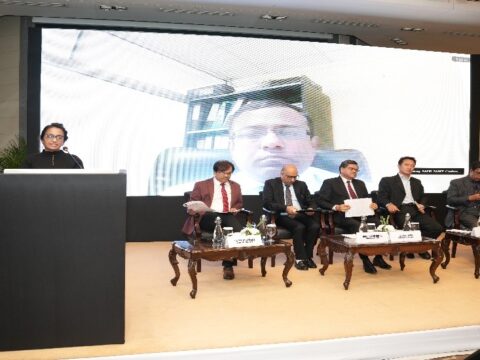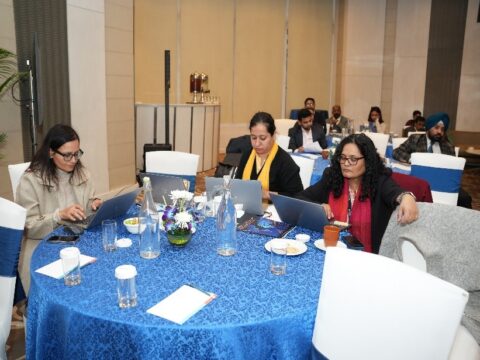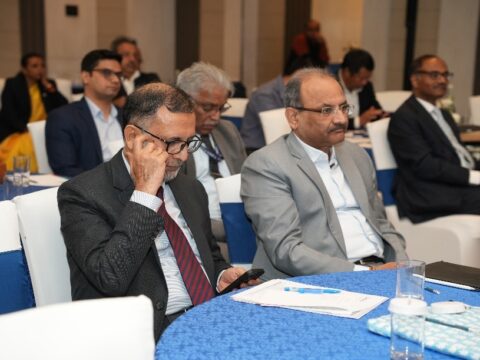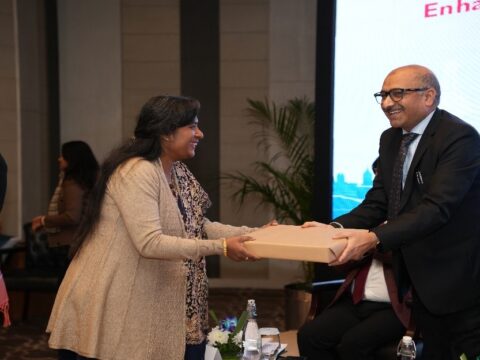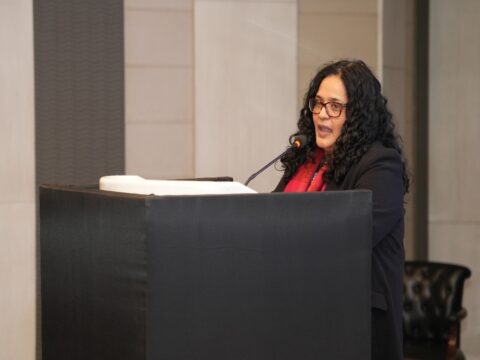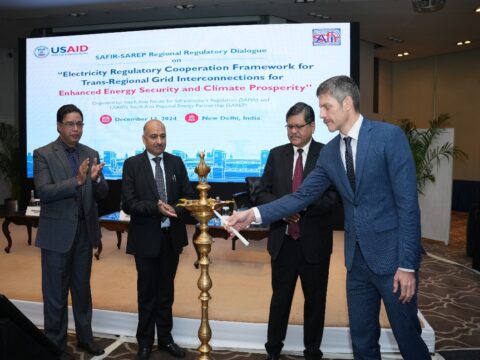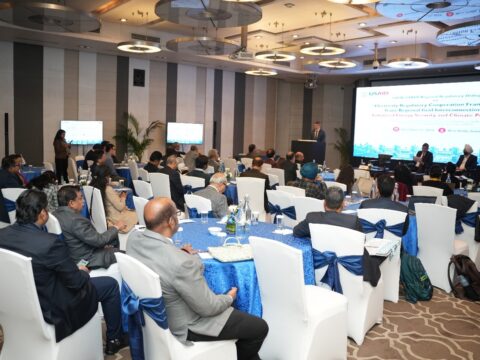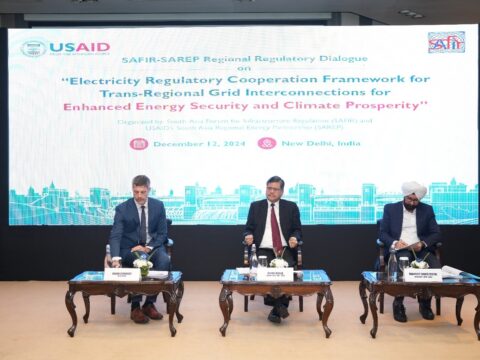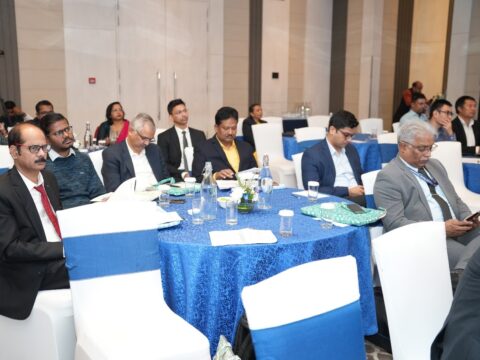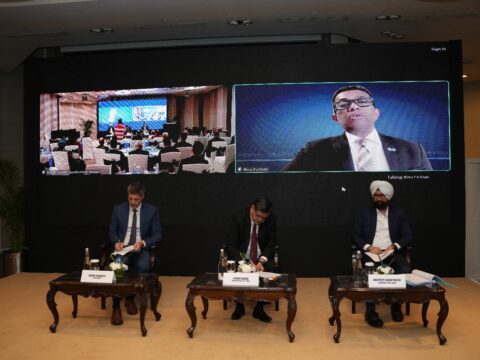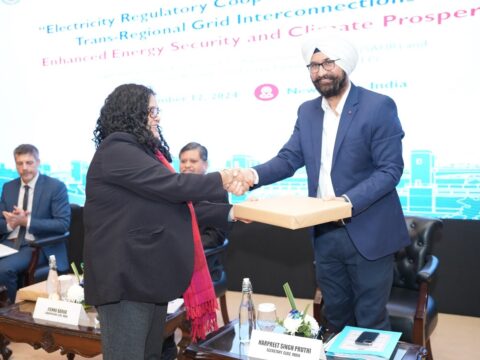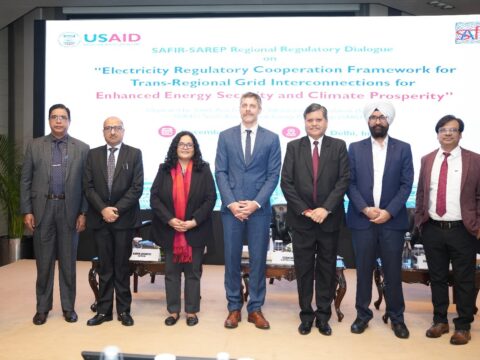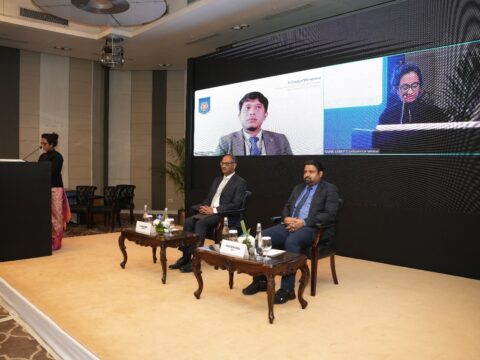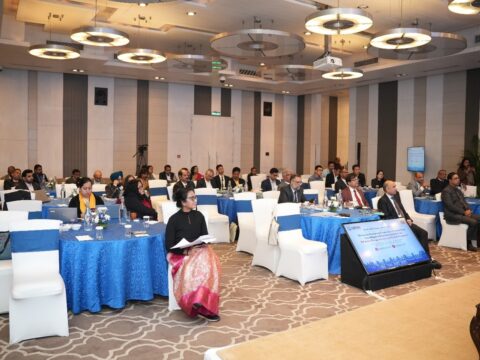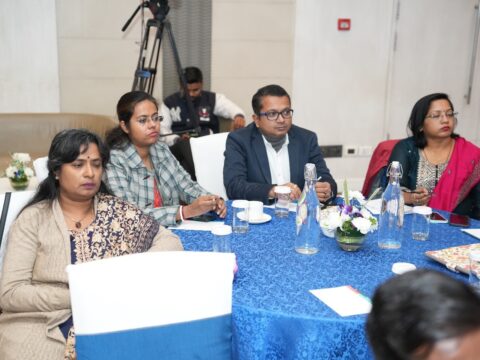Second SAFIR-SAREP Regional Regulatory Dialogue on “Electricity Regulatory Cooperation Framework for Trans-Regional Grid Interconnections for Enhanced Energy Security and Climate Prosperity”
The potential of a large, interconnected grid that spans subregions, regions, or even continents is vast. Such a grid can take advantage of variations in peak hours and time zones, making it possible to deliver energy from distant resources to load centers where demand is highest. A wider balancing area also facilitates the integration of renewable energy sources, especially solar and wind, which are subject to intermittency. This ability to harness and distribute clean energy efficiently is crucial for supporting the global transition to clean energy.
Given the urgent need to scale up renewable energy generation and mitigate the effects of climate change, electricity grid integration has once again come to the forefront as an essential tool. By enabling the wide-scale deployment of renewables and overcoming challenges related to intermittency and inefficiency, integrated electricity grids provide a sustainable, cost-effective pathway to decarbonization. With the proper regulatory frameworks in place, transnational grid interconnections can play a pivotal role in achieving global energy transition goals.
The One Sun One World One Grid (OSOWOG) initiative envisions a shared global electricity grid that ensures the seamless transfer of solar power, enabling electricity to be supplied to approximately 140 countries. This integrated system will allow for the distribution of clean energy at any time and anywhere across the globe. For example, electricity generated during the day in one region can be used in a region where it is nighttime.
Achieving the goals of OSOWOG requires a robust regulatory framework to manage the technical and regulatory harmonization necessary for trans-regional grid interconnections. The experiences of regional groups like The Association of Southeast Asian Nations (ASEAN), the Gulf Cooperation Council (GCC), European Network of Transmission System Operators for Electricity (ENTSO-E) and in Africa show that regulatory coordination is essential for overcoming barriers and driving infrastructure investment. Harmonized technical and regulatory frameworks allow for smooth cooperation among different countries, ensuring the efficient operation of cross-border electricity trading.
In particular, coordinated regional regulatory policies are essential for the development of a trans-regional power market. Such frameworks will help to align the energy strategies of different regions, promote the integration of renewable energy sources, and enhance energy security. The regulatory landscape must be built to support the overarching goals of energy transition and sustainability, and to encourage investment in clean energy technologies. In line with the vision of cross-border grid integration, the second edition of the SAFIR-SAREP Regional Regulatory Dialogue was organized on 12 December 2024 in Hotel Le Meridien, New Delhi, India. This event brought together key stakeholders to discuss the challenges and opportunities related to regulatory coordination and harmonization for trans-regional grid interconnection. With the goal of enhancing cooperation among regional regulatory bodies, the dialogue focused on fostering regulatory coordination that will enable the development of interconnected grids across regions, promoting a more integrated and resilient global energy system.
The SAFIR-SAREP Regional Regulatory Dialogue underscored the critical role that regional regulatory institutions play in facilitating the development of trans-regional power markets. By discussing long-term prospects and addressing the key issues surrounding grid interconnection, the dialogue contributed to building the foundation for a future of cleaner, more efficient, and secure energy systems worldwide.
The SAFIR-SAREP Regional Regulatory Dialogue had expert presentations from South Asia, and ASEAN region covering South Asia as the Regional Energy Hub for facilitating Trans-Regional Grid Interconnection for Enhanced Energy Security, Current Scenario and Future Prospects for Regional Electricity Regulatory Cooperation for Deepening ASEAN Power Grid, and Global Experience in Operating Cross-Border Interconnections.
This was followed by a panel discussion of regulators from Bangladesh Bhutan, India, Nepal and Sri Lanka. The regulators deliberated that to deepen grid interconnection in South Asia and facilitate trans-regional connections with neighboring regions such as ASEAN, GCC, and Africa, South Asian regulators must focus on fostering cooperation and harmonization of technical and regulatory frameworks. Key regulatory initiatives should include aligning market structures, standards, to facilitate cross-border electricity trade (CBET), enhancing grid reliability, and ensuring sustainable integration of renewable energy. Drawing lessons from international experiences in ASEAN, GCC, and Africa, South Asia can benefit from these regions’ successes in regulatory coordination and infrastructure investment. The regulatory experiences of these regions highlight the importance of clear governance structures and mutual agreements to promote efficient cross-border electricity trade. Regulatory coordination and harmonization can help establish a robust trans-regional power market, which will support the global energy transition by integrating clean energy resources and improving energy security. South Asia could adopt a regional electricity market model that supports bilateral, trilateral, and multilateral CBET, allowing for flexible energy exchanges across borders. To enable these advancements, South Asian regulators must develop a comprehensive regulatory action plan and roadmap that includes policy alignment, infrastructure investments, and technical cooperation. Furthermore, partnerships between regional regulatory bodies and networks, such as SAFIR’s institutional collaborations with ASEAN, GCC, and African regulatory associations, will be vital for creating a unified approach to trans-regional grid interconnection and ensuring long-term energy security.
Concept note & Agenda:
Presentations:
- Shri Rajiv Ratna Panda Presentation on “South Asia as the Regional Energy Hub for facilitating Trans-Regional Grid”
- Shri. Prihastya Wiratama Current Scenario and Future Prospects for Regional Electricity Regulatory Cooperation for Deepeni
- Shri. S.R. Narasimhan Global Experience in Operating Cross-Border Interconnections


